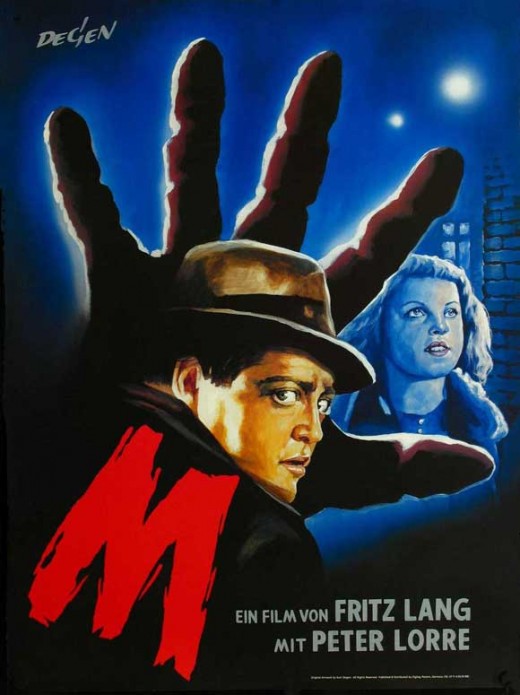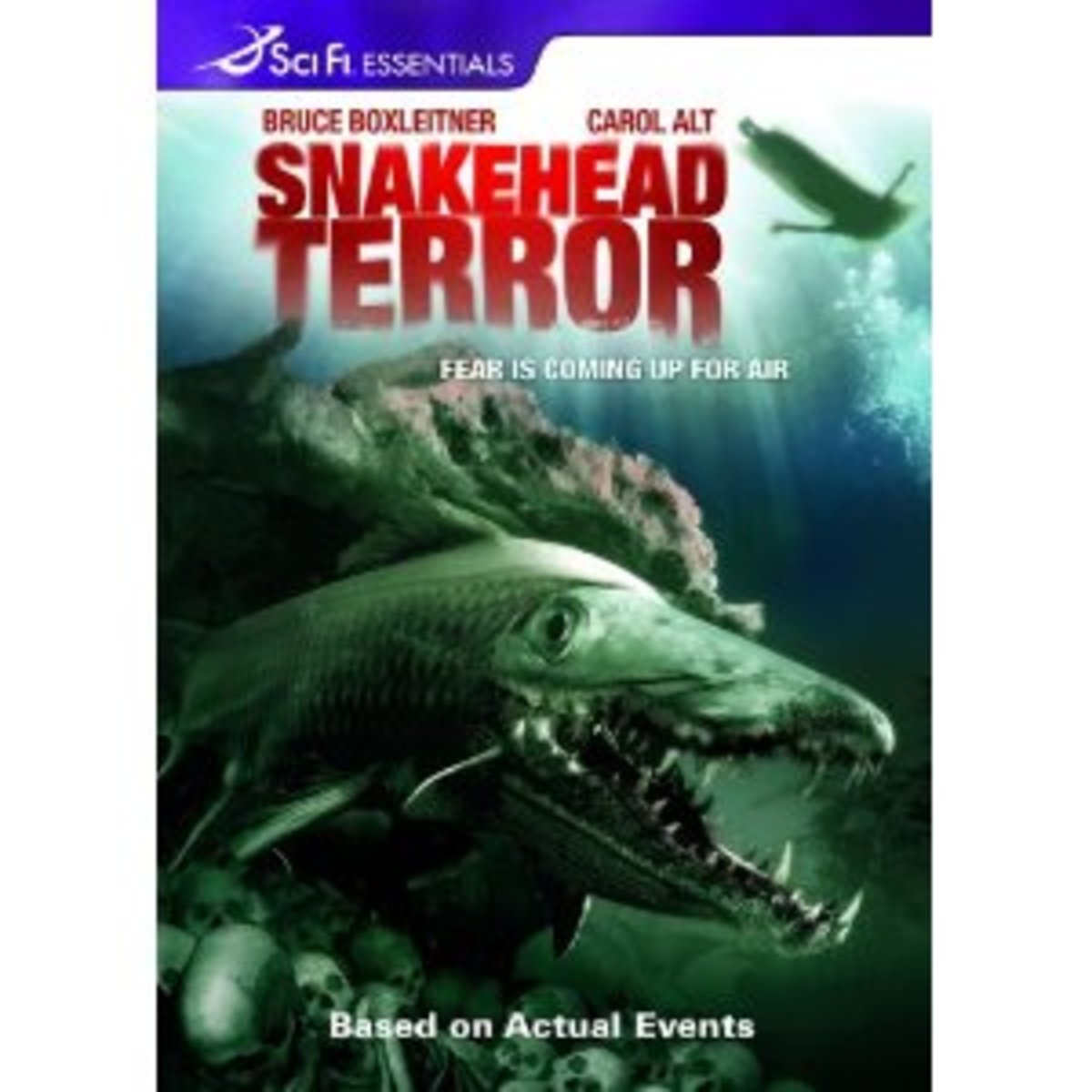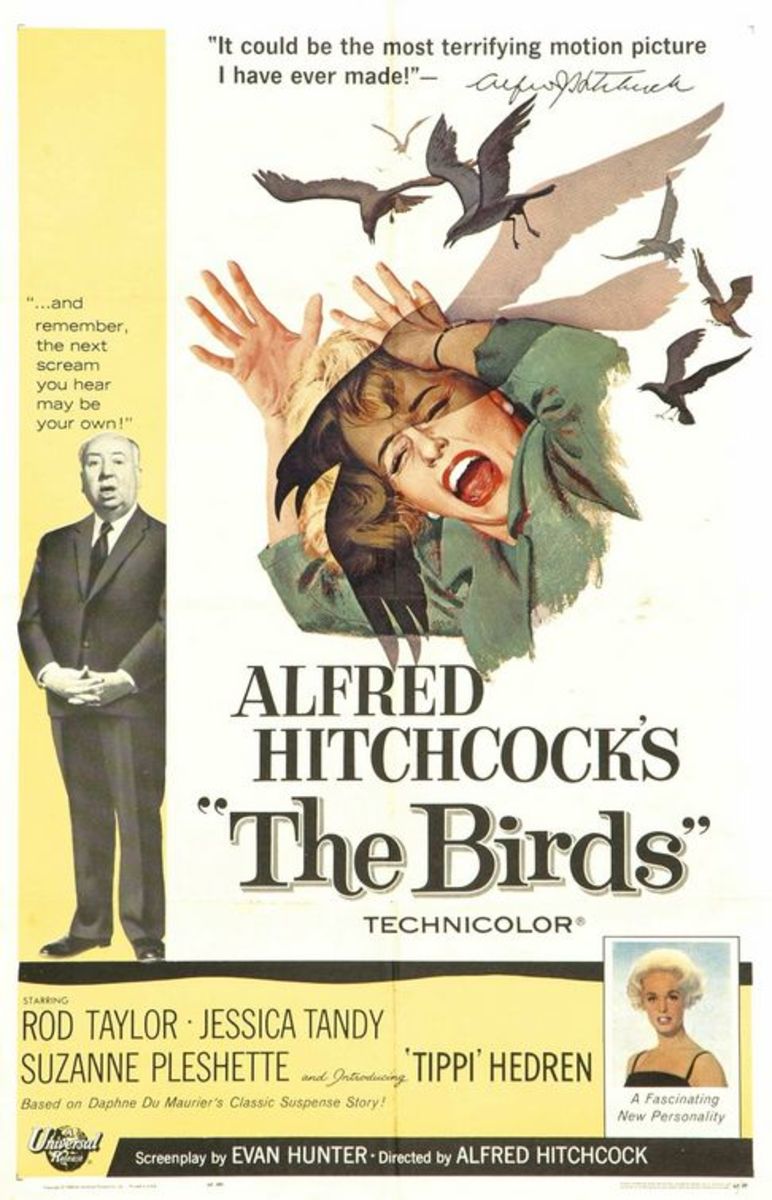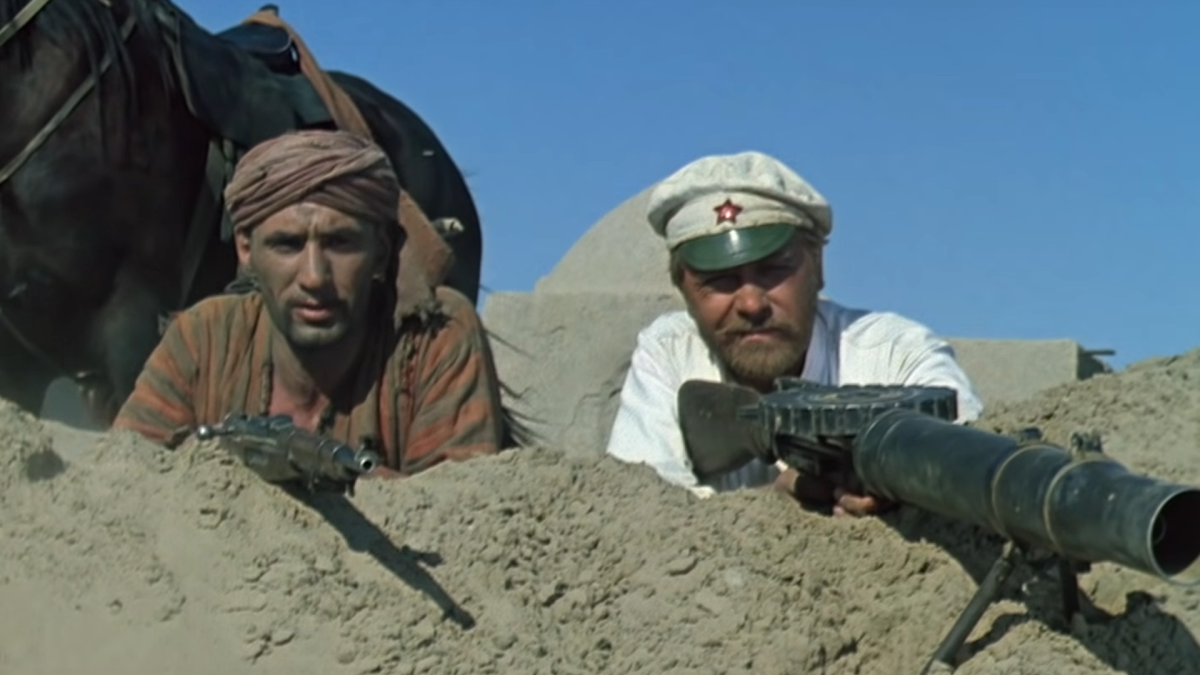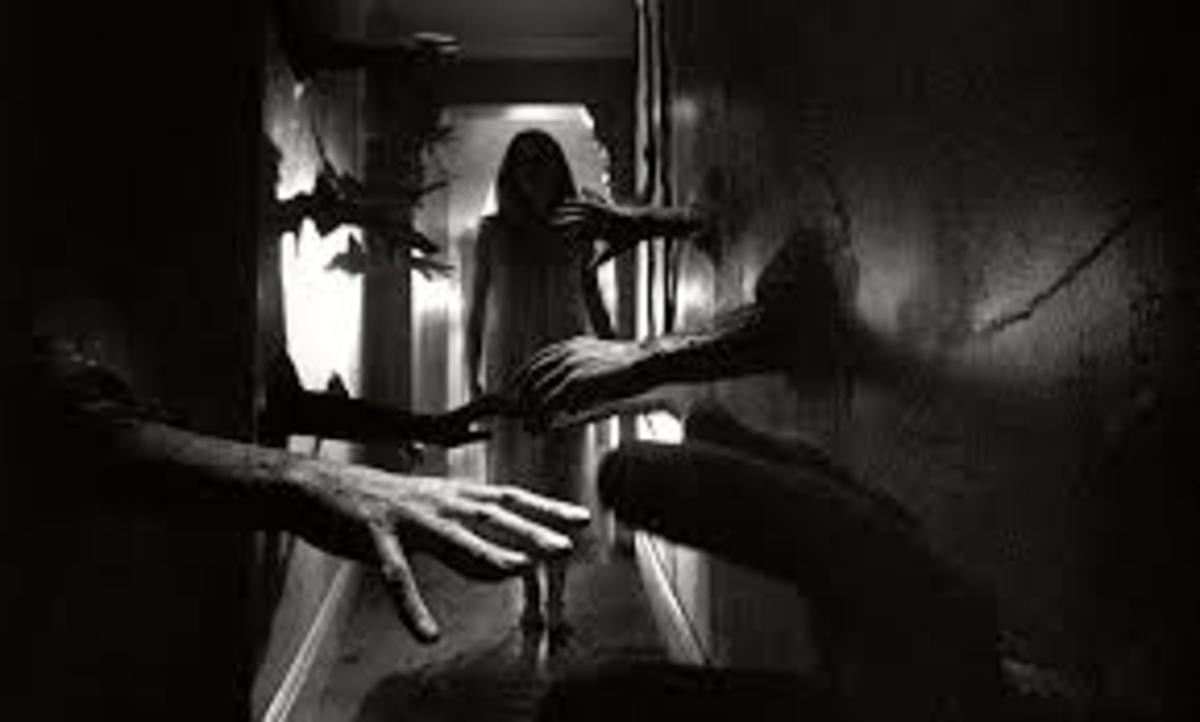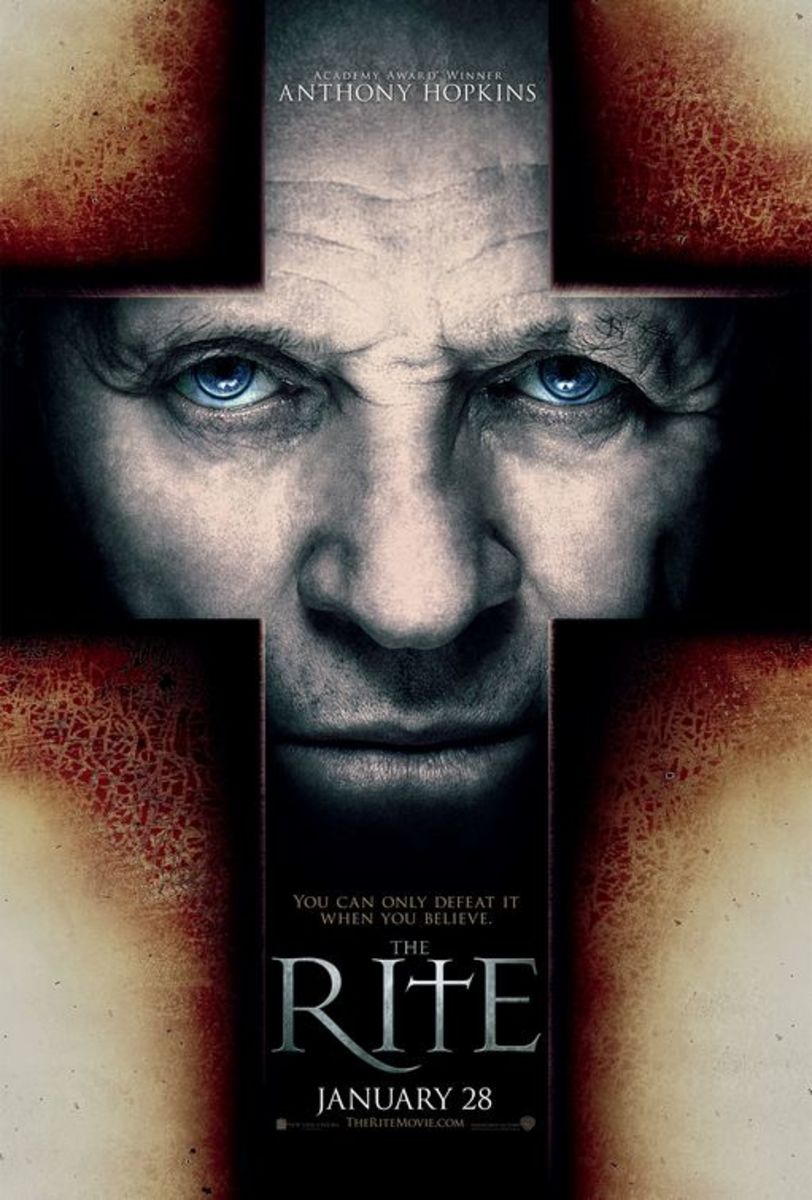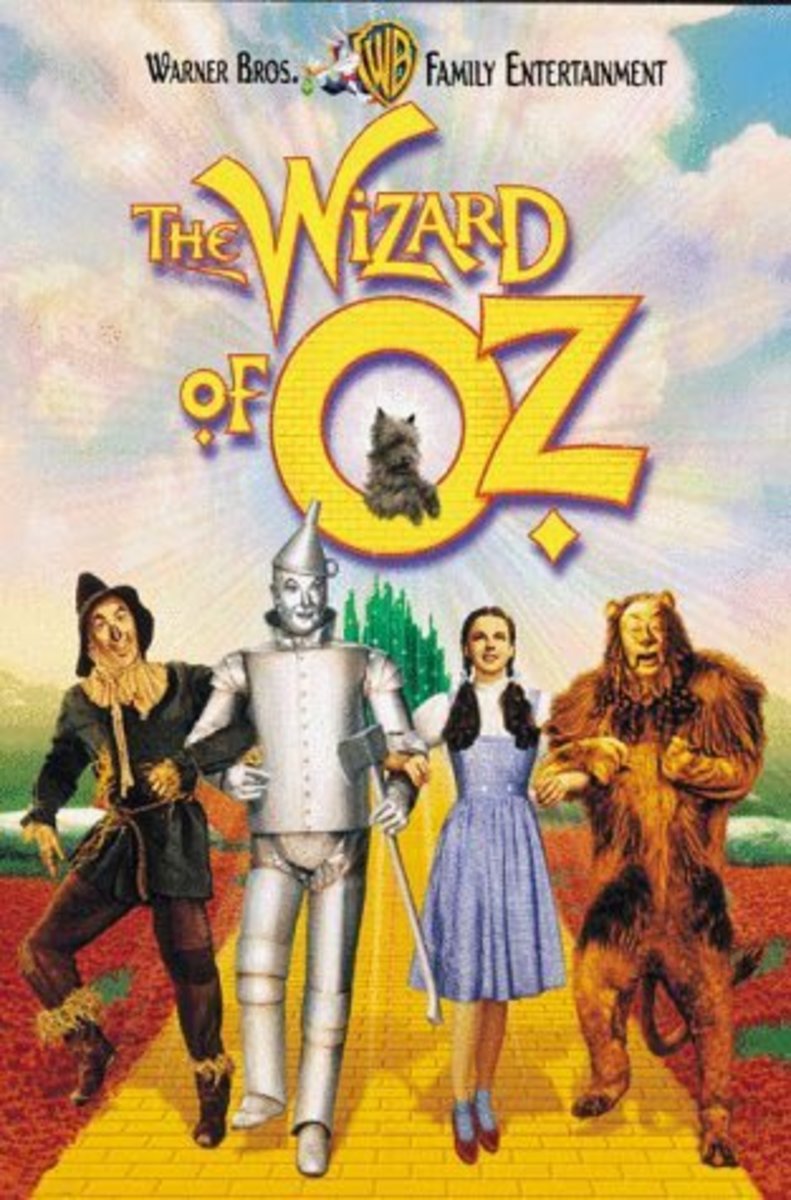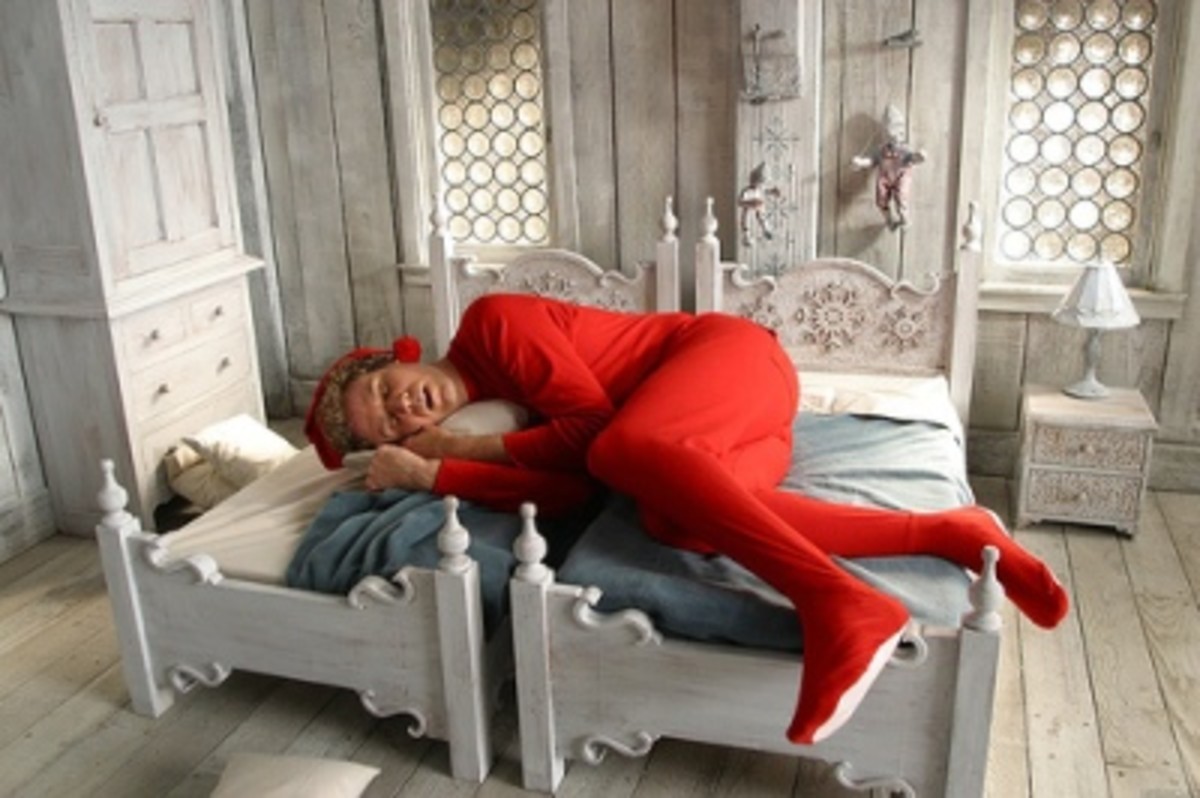Murderers Among Us - Fritz Lang's M (1931)
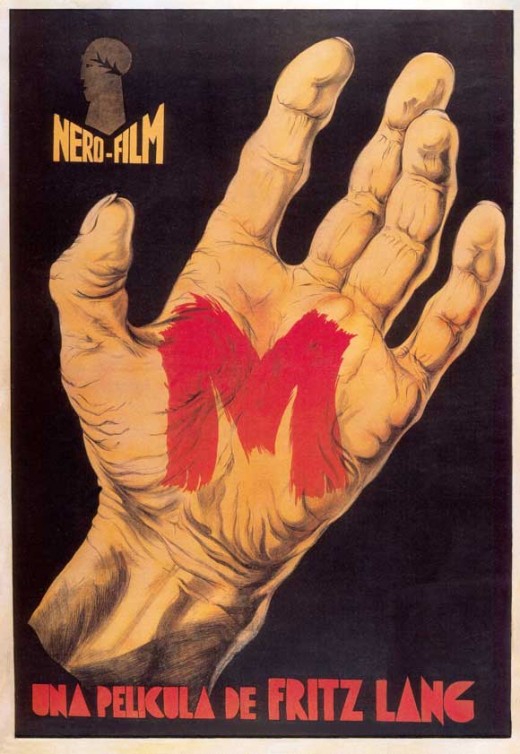
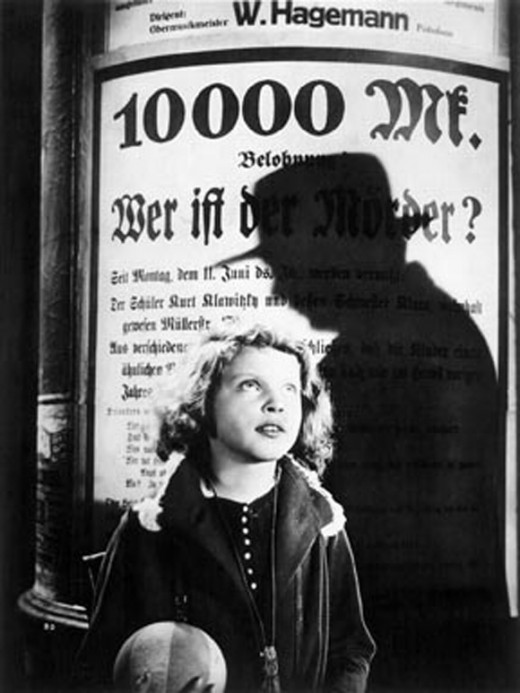
M (1931) was German director Fritz Lang's first experiment with sound, Peter Lorre's first film as a lead actor, and one of the first movies about a serial killer committed to celluloid. M is a masterpiece of style and suspense.
Originally titled Murderers Among Us, it was changed to M when members of the Nazi party objected, assuming it was a criticism of their heavy-handed politics. The movie was banned in Germany in 1934. The letter M stands for the German word for murderer - “Mörder”. Hans Beckert’s (Peter Lorre) coat is marked with the letter M when he is suspected of being the killer.
The setting is Berlin, 1931, a child murderer is on the loose and the police department frustrated in their attempts to capture the killer begin to round up every criminal in town. "There are more cops on the streets than girls," says one disgusted pimp.
Tired of being harassed, Berlin's criminal underworld decide they have to find the killer themselves. They eventually succeed in capturing the child murderer, putting him on trial for his life in their own kangaroo court. Hans Beckert cracks under pressure, screaming that he can’t help his homicidal tendencies.
"Ghosts pursue me — ghosts of mothers, ghosts of daughters ... they never leave me.” He cries. “They are always there... always, always, always, except when I do it, when I... Then I can't remember anything. And afterwards I see those posters and read what I've done. But I can't remember anything about it! But who will believe me? Who knows what it's like to be me? I can't... I can't... I can't help myself. I haven't any control over this evil thing that's inside me. The fire. The voices. The torment."
Before a verdict can be reached the impromptu trial is raided by police, rescuing Beckert from certain death, so that he may be judged under more "respectable" circumstances.
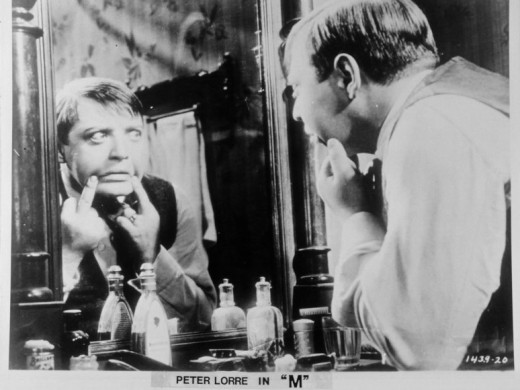
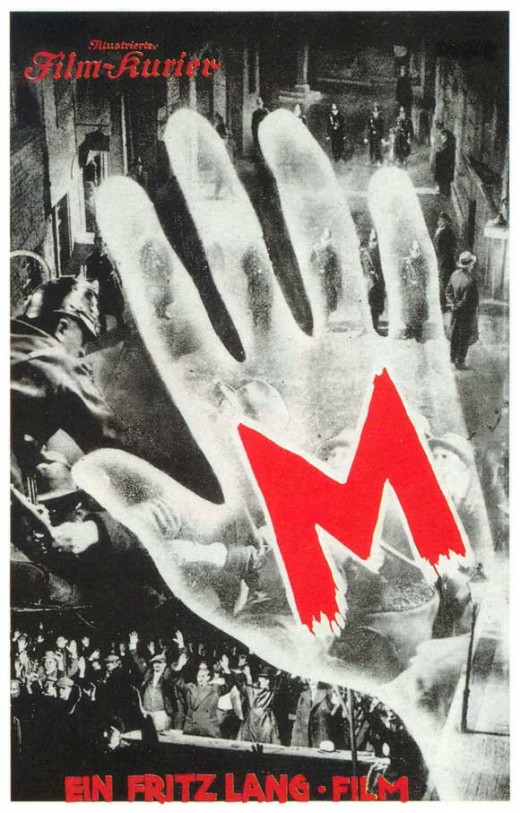
In the first few minutes of the film Fritz Lang sets up the horror of the situation without showing any violence, instead he utilises clever editing and implied terror building a feeling of dread.
We see a little girl named Elsie bouncing a ball against a kiosk with a "Wanted" poster plastered to its side. Beckert approaches the girl, buying her a balloon. There is a cut to her mother sitting at a table set for two, she calls out for her daughter and is greeted with silence.
There is a cut to Elsie's ball and the balloon caught up in some wires. There is virtually no dialogue, Elsie has vanished without a trace. Lang creates terror without resorting to violence or bloodshed, the scene packs an emotional wallop.
At the center of the movie is a star-making performance from Peter Lorre as the bug-eyed gnome-like killer who lures children with candy and companionship. So effective was he that Lorre would be typecast as a villain.
Beckert is unseen for most of the film, hiding in shadows, but when we first see him the effect is chilling. The killer’s eerie presence is foreshadowed by his whistling of “In the Hall of the Mountain King” from Peer Gynt, a tune that becomes a musical motif for the murders.
The role made Peter Lorre a star in Europe, paving the way to America and Hollywood, he fled there to avoid Germany's growing Nazi threat in the 1930s. An unauthorized picture of Lorre from M would later be used by the Nazi Party as an example of the "typical Jew" on the posters for their anti-Semitic propaganda film The Eternal Jew.
Fritz Lang considered M to be his finest film and his most fully realised. When Lang played himself in the Jean-Luc Godard film Contempt (1963), there is a scene where Brigitte Bardot's character Camille tells Lang that her favourite film of his was Rancho Notorious. He replies, "I prefer M,"
Peter Lorre couldn’t whistle, the whistling heard in the film was done by Lang himself. Filming of M took just six weeks and it was common practice at the time for foreign language films to be concurrently shot in English too. But Lang had nothing to do with the English language version of his film.
A remake of M was released in 1951, produced by Columbia studios, directed by Joseph Losey and starring David Wayne as the child murderer. It was not a success.
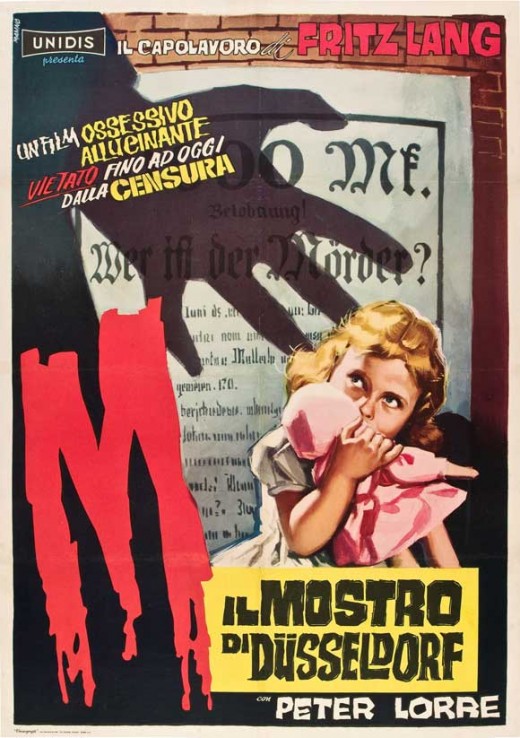
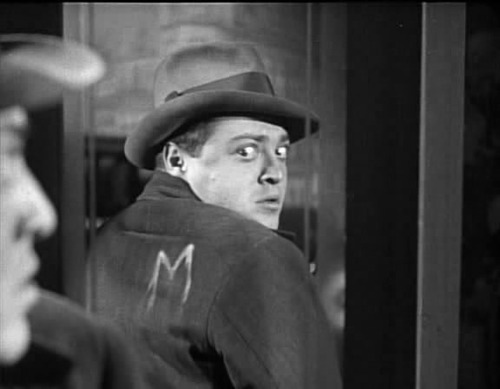
The Critics Wrote –
"Not only an overwhelming horror tale, but... one of the most poignantly pathetic documents of humanity ever filmed. .. it manages to be at the same time so sympathetic and understanding a study of a savage, pathological killer that it becomes a genuine tragedy as well as an essay in savagery. It strikes terror in the heart ... and still succeeds in extending the borderline of human sympathy almost beyond breaking point ... all combined into a great whole by the brilliant direction of Fritz Lang and the superb acting of Peter Lorre. M is one of the great motion pictures." (Richard Watts Jr., New York Herald Tribune)
It may possibly be asked if the whole idea of the film is not a little perverse: if anything is to be gained by creating sympathy for such a character... Lang has, as usual, peeped into his big subject and been satisfied with a glimpse." (John Grierson, Everyman)
"Not being shown what the child murderer (Peter Lorre) does to his poor victims in Fritz Lang's M is far more effective than the slow-motion pyrotechnics of Mr. Peckinpah's type of violence; so much more horrific too, since our imagination... can conjure up unspeakable, unspecific terrors no camera can equal." (Peter Bogdanovich, Picture Shows, 1975)
"His portrait of a character in torment - 'Who knows what it's like to be me?' he demands climactically, insisting that 'Nobody can be punished for something he can't help' - is a pathological study that has not been equaled." (Judith Crist)
